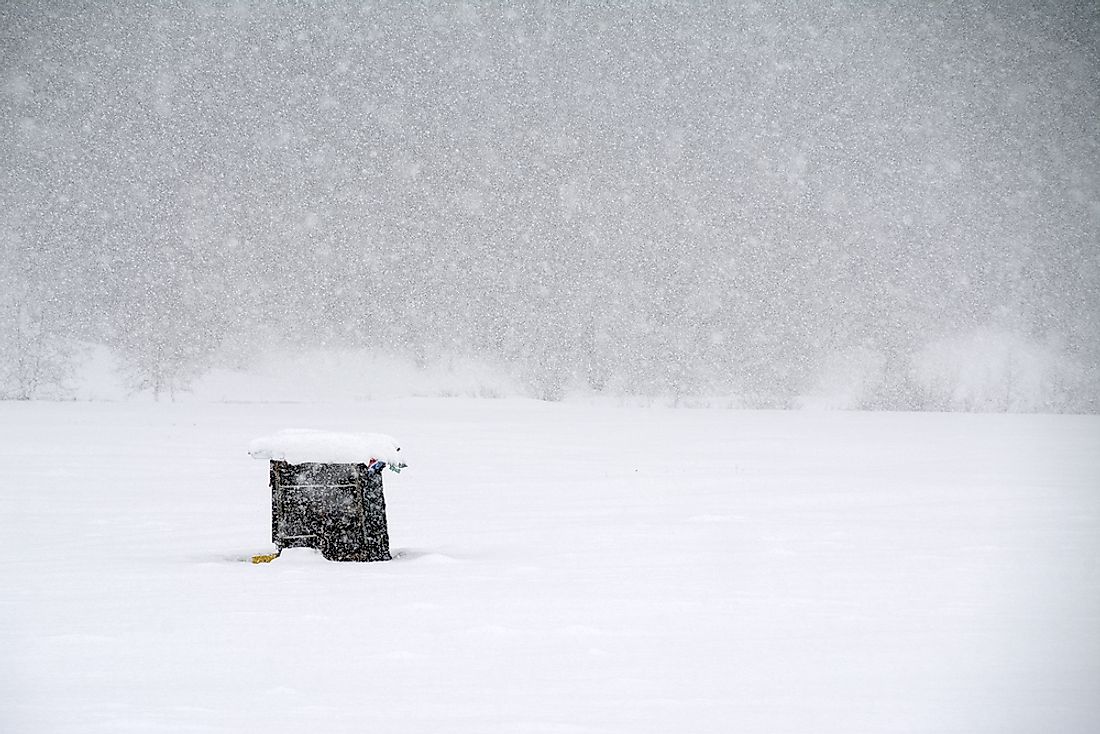The Worst Storms of All Time - The Blizzard of 1888

The Great Blizzard of 1888, also known as the Great White Hurricane, was a ferocious storm that struck the East Coast of the United States and the Atlantic provinces of Canada. The unexpected storm landed 10 to 58 inches of snow that paralyzed transportation and distracted communication, leaving millions of people isolated. The snow was accompanied by winds of more than 45 mph. By the time the storm subsided, more than 400 people were dead.
What Caused the Great Blizzard of 1888?
Though storm began on March 12 and ended on March 14, its effects were felt weeks thereafter. A cold winter presided the storm with temperatures across the Eastern US and Canada falling to below freezing point. The storm began as heavy rainfall in New York City on the afternoon of March 11 but it was not until midnight when the temperatures significantly dropped and the rainfall turned into heavy snow. The city woke up to the sight of streets covered by enormous drifts of snow that rendered the roads and highways impassable. Other cities on the East Coast including Washington DC and Philadelphia experienced similar conditions. Telegraph lines were severed, halting communication across the entire region.
A combination of several factors made the blizzard of 1888 catastrophic. The temperatures in March were extremely low, plummeting to below the freezing point in New York City. Wind speeds of up to 50 miles per hour made the situation even worse. In Manhattan, 21 inches of snow accumulated in huge drifts while in New York 58 inches of snow covered roads and streets. People in the entire New England region could not leave their houses and those who did ended up dead in the snow or suffered severe frostbite.
Impacts Of The Blizzard
Apart from the reported deaths, communication and transportation across the East Coast were disrupted. The elevated trains of New York were rendered unusable as the rail lines filled up with snow. People did not report for work, markets and business premises remain closed, emergency services were ineffective, and major cities came to a standstill. The fear of famine and isolation loomed over the masses as household exhausted the supply of basic foodstuffs such as milk and bread. There was panic that the storm would result in a nationwide shortage of food. Reports released by the Navy noted that about 90 ships sank in the seas while several more were badly damaged.
The Significance Of The Great Blizzard
The storm has remained as a reference to how deadly weather can become. Millions of people were affected in ways they could never forget. Severe weather conditions in the near future was compared to the blizzard as people narrated survival stories to their children and grandchildren. The scientific community was urged to improve the prediction of such weather to prevent similar occurrences from happening in the future.











